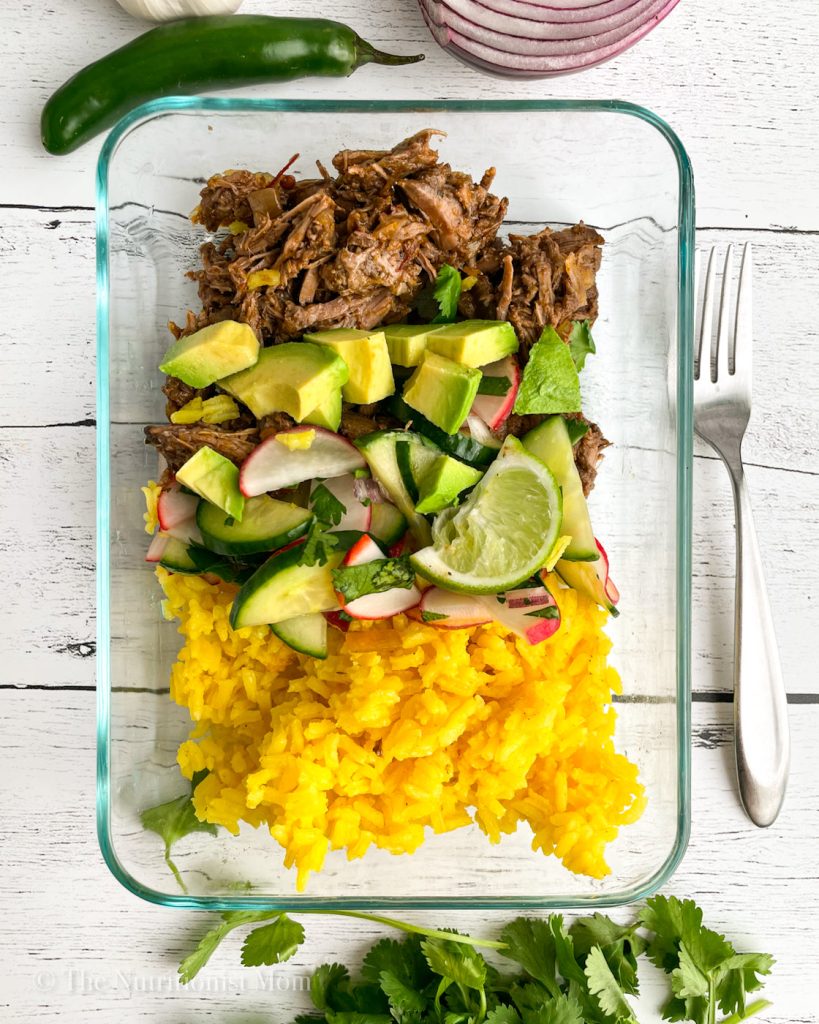Meal prepping has become a popular trend for busy individuals looking to save time and eat healthier throughout the week. By preparing meals in advance, you can avoid the temptation of unhealthy fast food options and ensure that you have nutritious meals ready to go when hunger strikes. However, one of the biggest challenges with meal prepping is keeping your meals fresh for an extended period of time. Proper storage is key to maintaining the freshness and quality of your meal preps, so it’s important to follow some guidelines to ensure that your efforts in the kitchen pay off.
Here are some tips on how to store your meal preps for maximum freshness:
1. Choose the right containers: The first step in storing your meal preps is selecting the right containers. It’s important to choose containers that are airtight and leak-proof to prevent air and moisture from seeping in and causing your food to spoil. Glass containers are a great option as they are durable, non-toxic, and can be safely used in both the refrigerator and microwave. Alternatively, you can also opt for BPA-free plastic containers that are safe for storing food.
2. Use portion control: When meal prepping, it’s important to portion out your meals into individual servings. This not only helps with portion control but also makes it easier to grab a meal and go. By dividing your meals into portions, you can prevent the need to reheat the entire batch of food, thus helping to maintain its freshness.
3. Label and date your meals: To avoid confusion and ensure that you are eating your meals before they go bad, it’s a good idea to label and date your meal preps. Use a marker or labels to write the contents of each container and the date it was prepared. This will help you keep track of how long your meals have been stored and when they need to be eaten by.
4. Refrigerate promptly: After preparing your meals, it’s important to refrigerate them promptly to prevent bacteria growth and spoilage. Allow your meals to cool down to room temperature before placing them in the refrigerator. Storing hot food in the fridge can cause condensation to form, which can lead to the growth of harmful bacteria. Refrigerate your meals within 2 hours of cooking to ensure they stay fresh and safe to eat.
5. Store in the right temperature: The refrigerator is the best place to store your meal preps to keep them fresh for an extended period of time. Make sure your fridge is set at the proper temperature of 40°F (4°C) or below to prevent the growth of bacteria. Avoid overpacking your refrigerator to allow for proper air circulation and prevent food from spoiling quickly.
6. Freeze for longer storage: If you want to store your meal preps for an extended period of time, freezing is a great option. Certain foods can be stored in the freezer for up to several months without compromising their quality. Be sure to use freezer-safe containers or bags to prevent freezer burn and maintain the flavor and texture of your meals. When freezing meals, it’s a good idea to portion them out and lay them flat in the freezer to save space and make it easier to thaw when needed.
7. Reheat properly: When it comes time to eat your meal preps, it’s important to reheat them properly to maintain their freshness and flavor. When reheating your meals, it’s best to use a microwave-safe container with a lid to trap in moisture and prevent the food from drying out. Stirring halfway through the heating process can help ensure that your meal is warmed evenly. Be sure to heat your meal to the proper temperature to kill any bacteria that may have grown during storage.
8. Check for spoilage: Before eating your meal preps, it’s important to check for any signs of spoilage. If your meal has an off odor, strange color, or has visible mold growth, it’s best to discard it to prevent foodborne illness. When in doubt, it’s better to be safe than sorry and throw out any questionable meals.
9. Rotate your stock: To ensure that your meal preps stay fresh, it’s a good idea to rotate your stock regularly. This means using up older meals before moving on to newer ones. By rotating your stock, you can prevent food waste and ensure that you are consuming your meals within their recommended storage time.
In conclusion, storing meal preps for maximum freshness requires proper storage and handling techniques. By choosing the right containers, portioning out your meals, labeling and dating your meals, refrigerating promptly, storing in the right temperature, freezing for longer storage, reheating properly, checking for spoilage, and rotating your stock, you can ensure that your meal preps stay fresh and safe to eat. With these tips in mind, you can enjoy the convenience of meal prepping without compromising the quality of your meals. Happy meal prepping!

